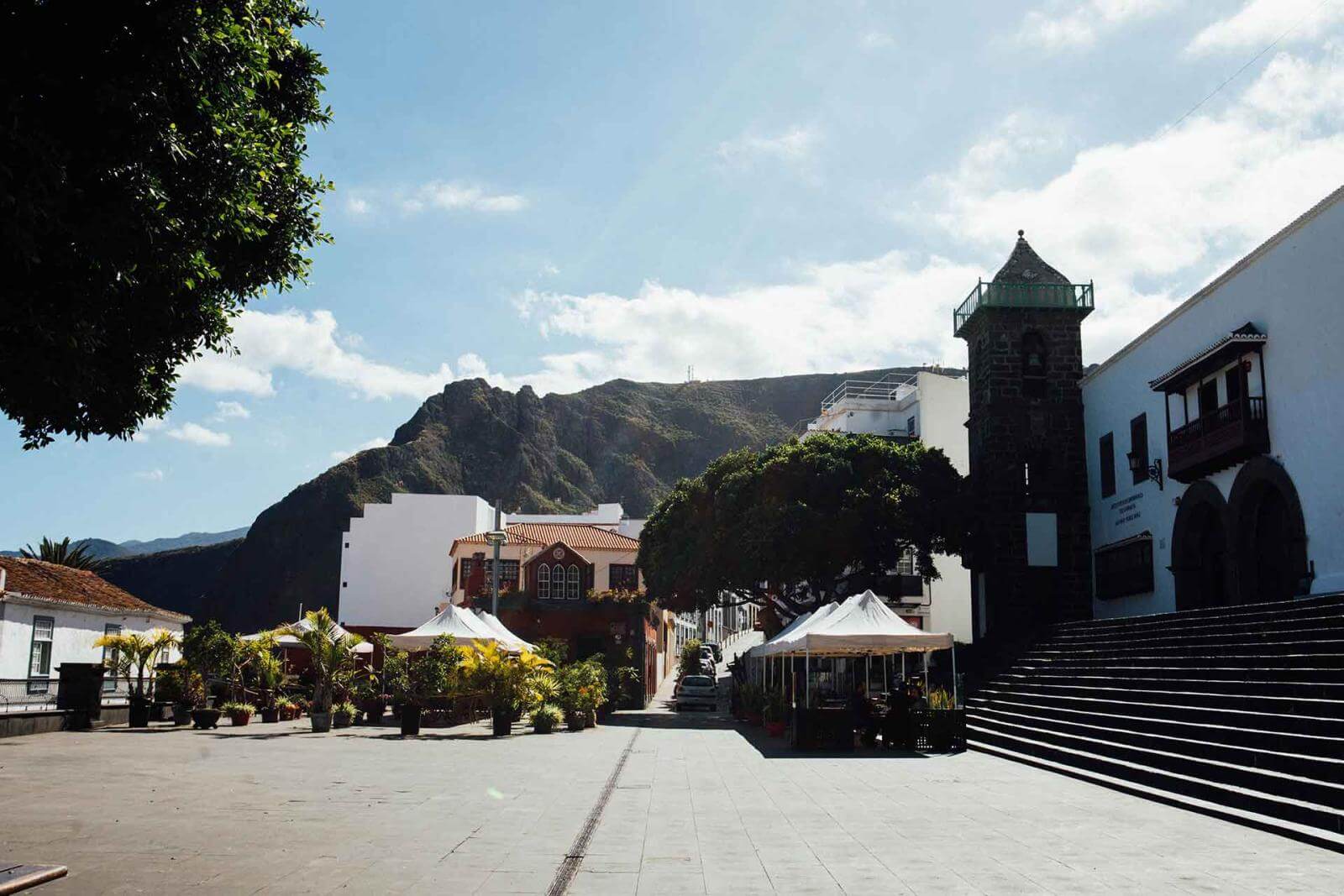The capital of La Palma has a legendary history, worthy of a novel. In its cobblestone streets, its stately mansions or its churches, the visitor can follow the trail of pirates, corsairs and families from Flanders or Ireland, who, for 500 years, turned this city into one of the most important commercial centers of the Spanish Empire. A past that is still present in its monuments and buildings, and that transform any walk along Calle Real, the main artery of the city, into a real journey through history.
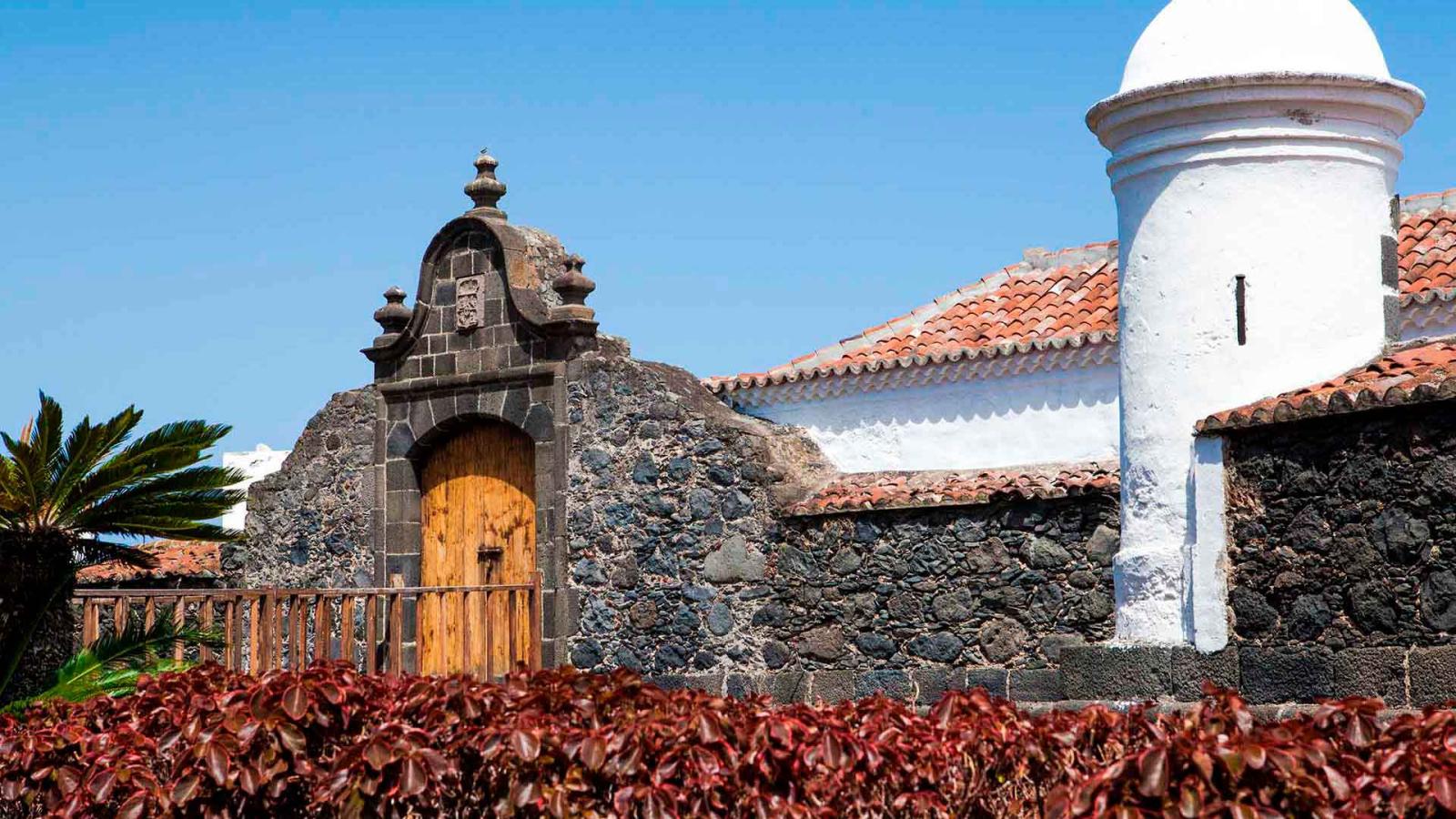
Living Through a Pirate Attack
"The very noble and very loyal city of Santa Cruz de La Palma."This sign, located on Calle Real, reminds the visitor of the importance that the capital of La Palma had in the 16th century.
At that time Santa Cruz de La Palma was a vibrant, prosperous and multicultural city, which for a time made it a target of dreaded pirates. One of the best-known attacks occurred on 21 July 1553, when the privateer François Le Clerc, known as Pata de Palo (Wooden Leg), besieged and sacked the city with his fleet for more than ten days.
For some years now, this event has been recreated during the so-called Day of the Corsair, which is usually celebrated in August. During this day, young people from the island perform dramatized performances of the assault, while in the evening there are musical performances.
To see the vestiges of the battle, after which the city walls were reinforced, you can visit the Castle of Santa Catalina, declared a Historic-Artistic Monument in the 1950s, and located on Avenida Marítima. Finally, the representation of the ship Santa Maria, an imposing sight at the northern exit of the city, is proof of the intense relationship between the Isla Bonita and America.
The Mark of the Flemish and the Irish
But not only pirates were attracted by the wealth of this city, founded by Alonso Fernandez in 1493. The wealth of its commercial port soon attracted businessmen from different parts of the world, who also left their mark on the capital. Many of these merchants built some of the city's most iconic buildings such as the Salazar Palace, erected in the 17th century and one of the most beautiful examples of noble architecture.
The island managed to seduce numerous families from Flanders, who allied themselves through marriages with the most powerful families of Santa Cruz de La Palma. To follow this Flemish trail, visitors can visit the church of El Salvador, which houses important Flemish carvings, or go to the church of Santo Domingo, where an important collection of Flemish painting from the Canary Islands is preserved. Also the wood carving of “Santa Ana, the Virgin and Child”, located in the church of San Francisco, is a good example of the Flemish power on the island thanks to the cultivation and commercialization of sugar.
Irish blood also runs through the veins of many inhabitants of Santa Cruz de La Palma. Dionisio O'Daly, the Irish merchant who promoted the first democratic elections in Spain by census suffrage in 1773, can be found in the street that bears his surname, as well as in the atrium and the main staircase with coffered ceiling of the Town Hall of Santa Cruz de La Palma.
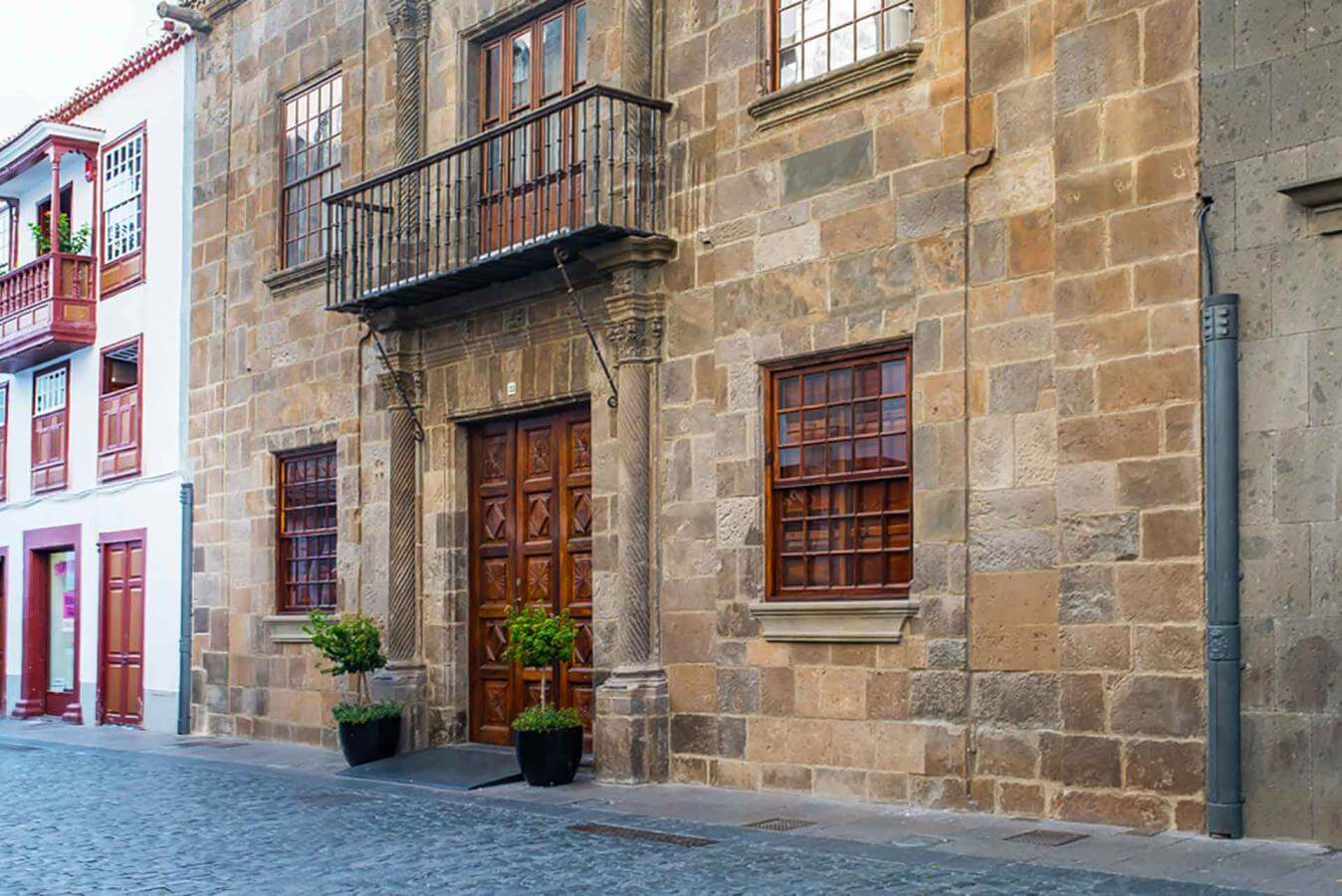

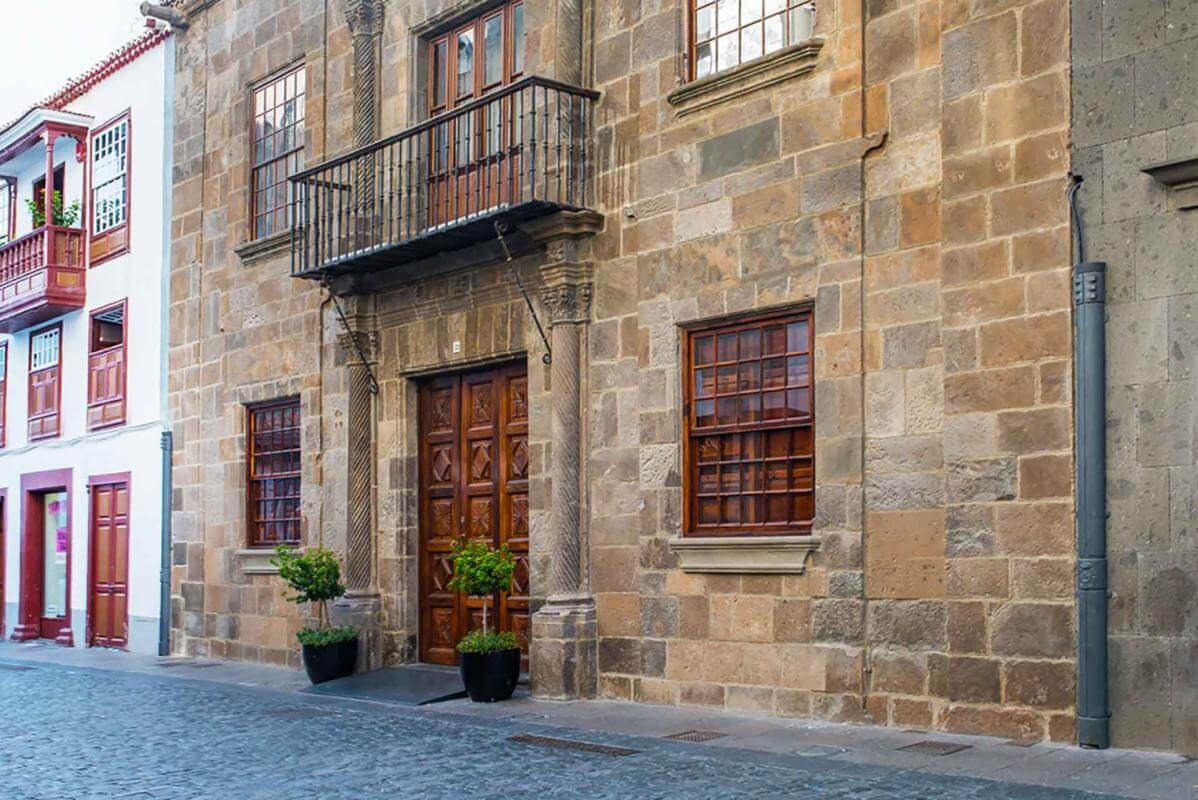
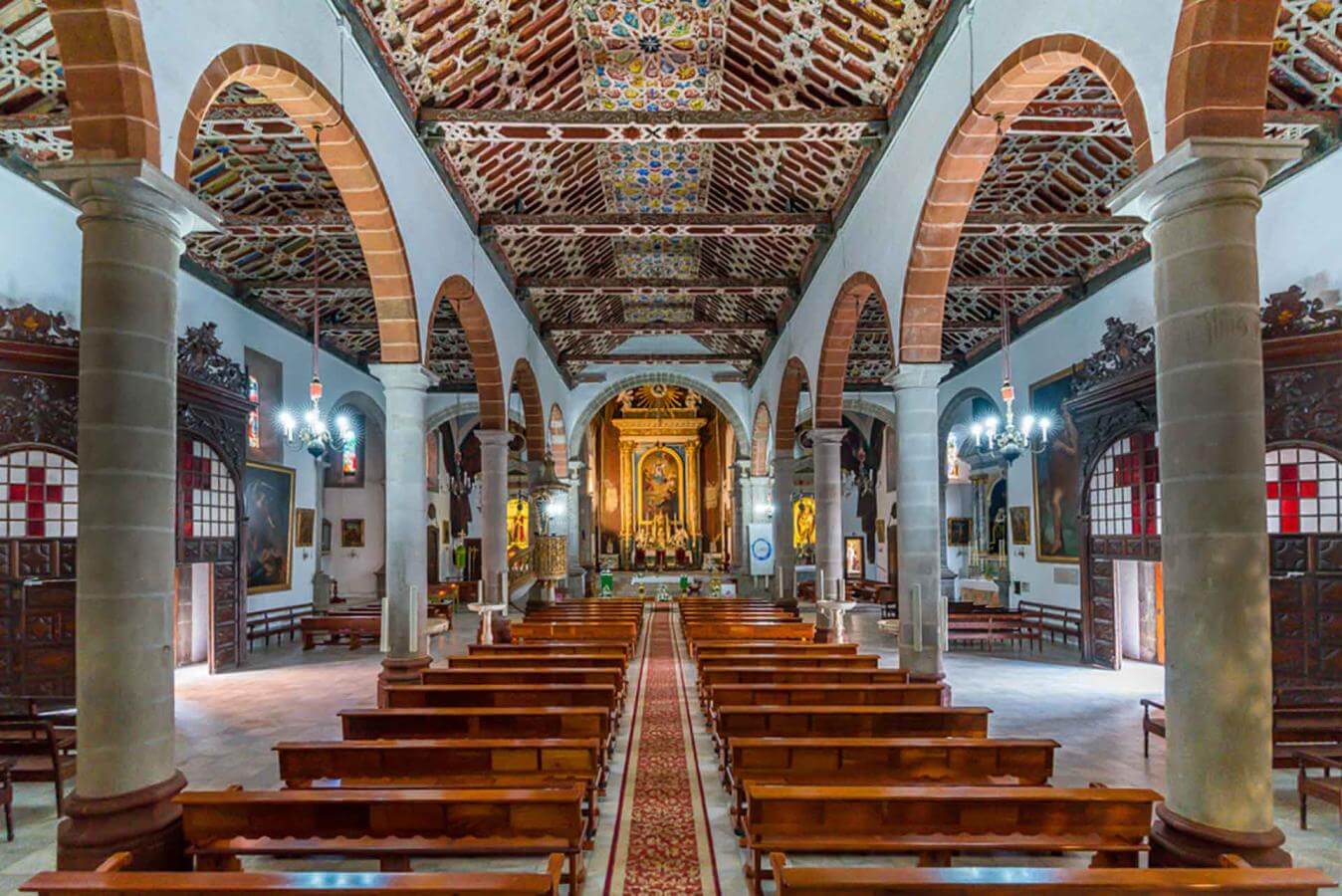

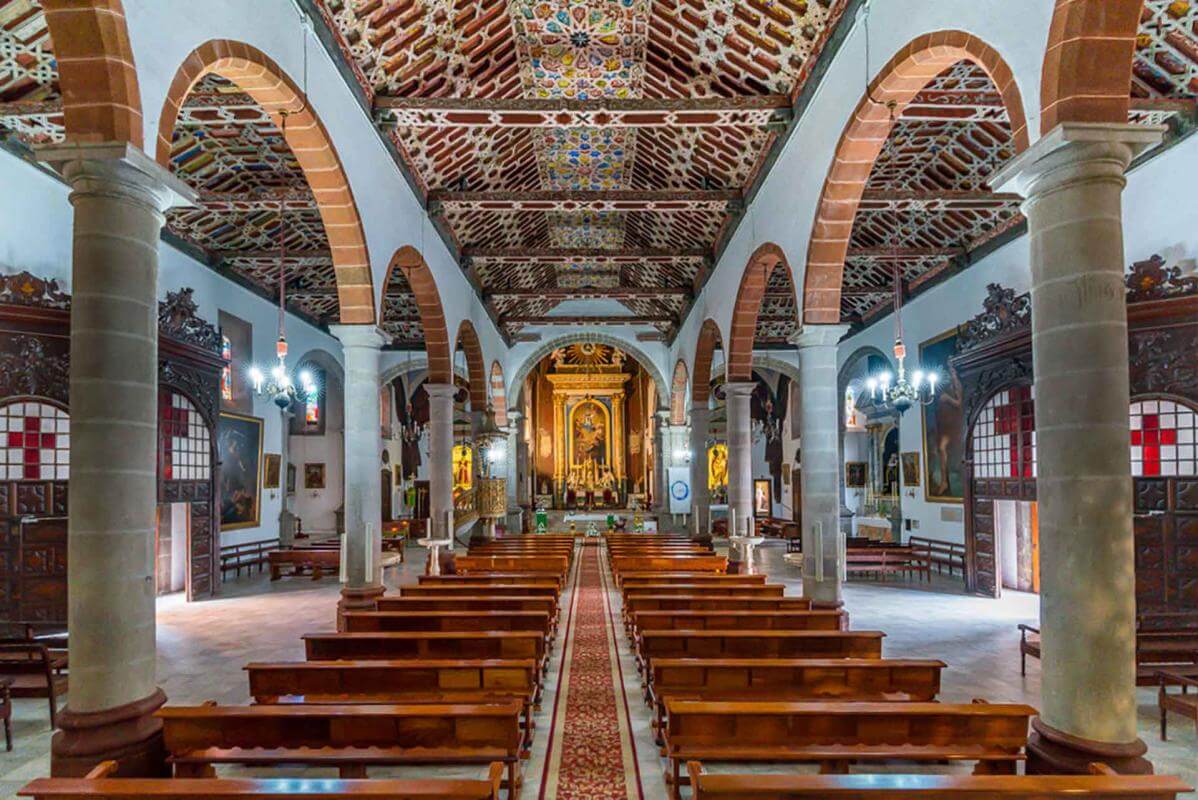
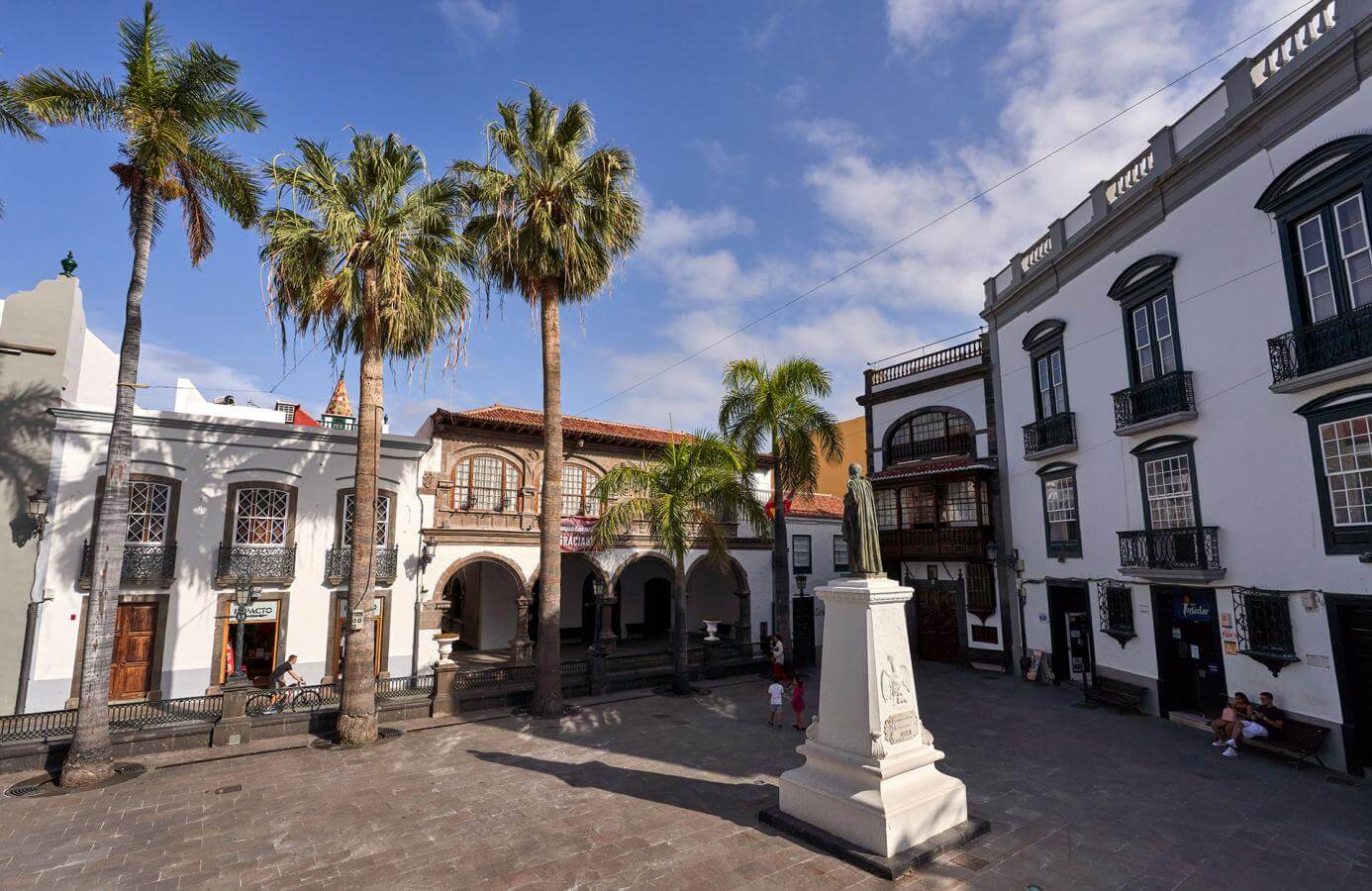
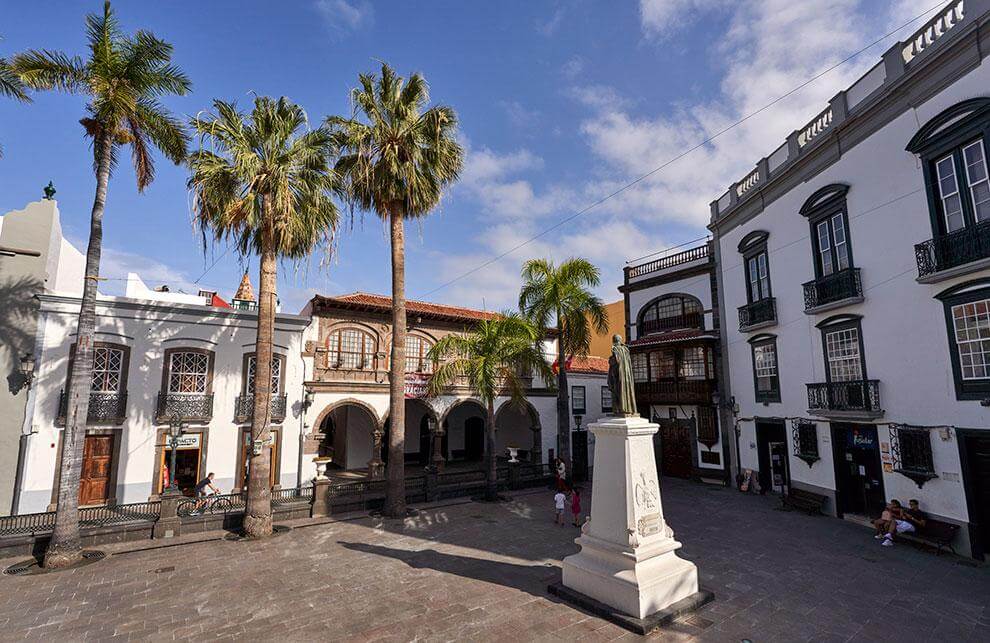
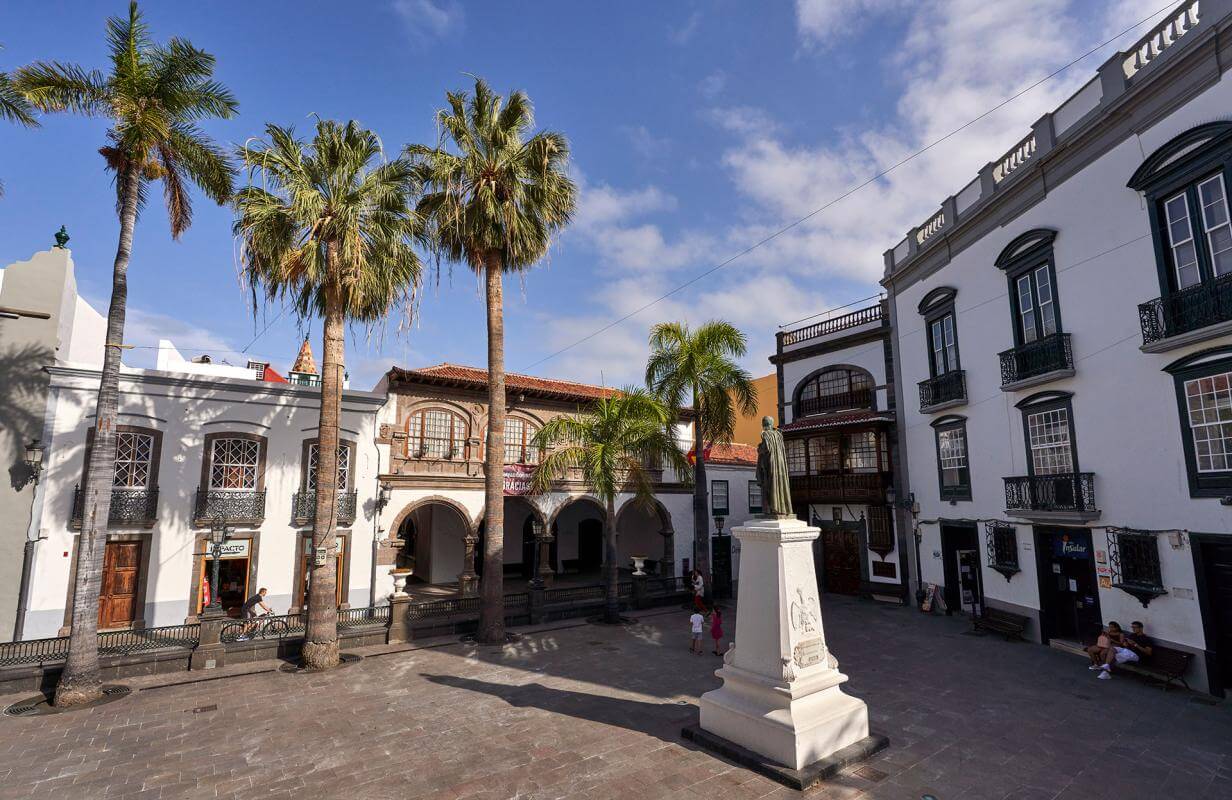
Plazas with Substantial History
The Plaza de España, considered by critics as the best Renaissance complex in the Canary Islands, with a square, a fountain and the town hall in front of it.
The Plaza de la Alameda, the Placeta del Borrero are two other examples of charming corners-places in the capital of La Palma, without underestimating the Plaza de San Francisco with the beautiful church of the same name and the museum in one corner.
Santa Cruz de La Palma is in itself a monument with palaces, walls, cobblestone streets and modern art in all its chapels and churches, which will delight history lovers. Not in vain, it has been declared, in its entirety, an Asset of Cultural Interest, in the category of historical-artistic monument. Strolling through it is a fun trip back in time for all ages.



